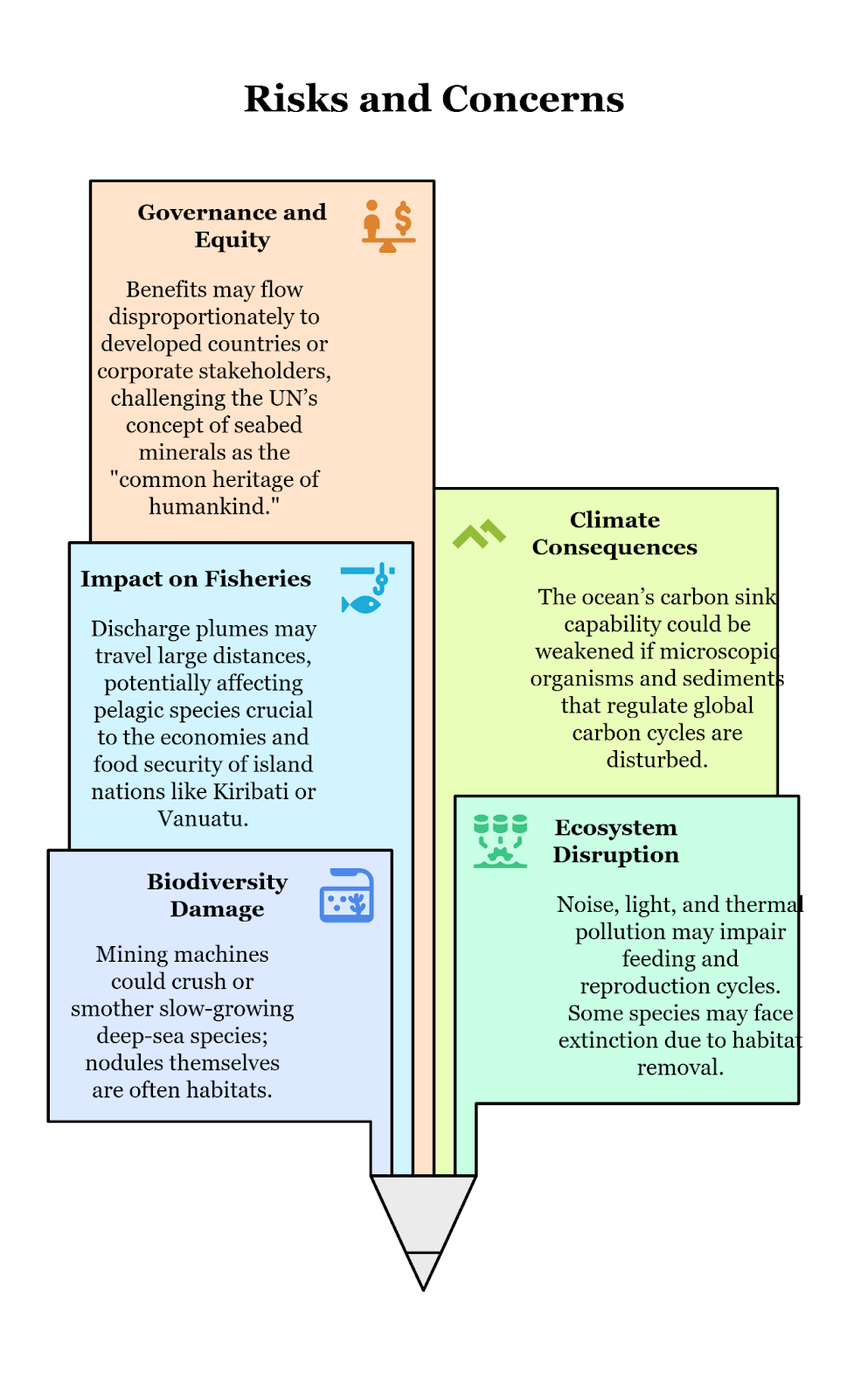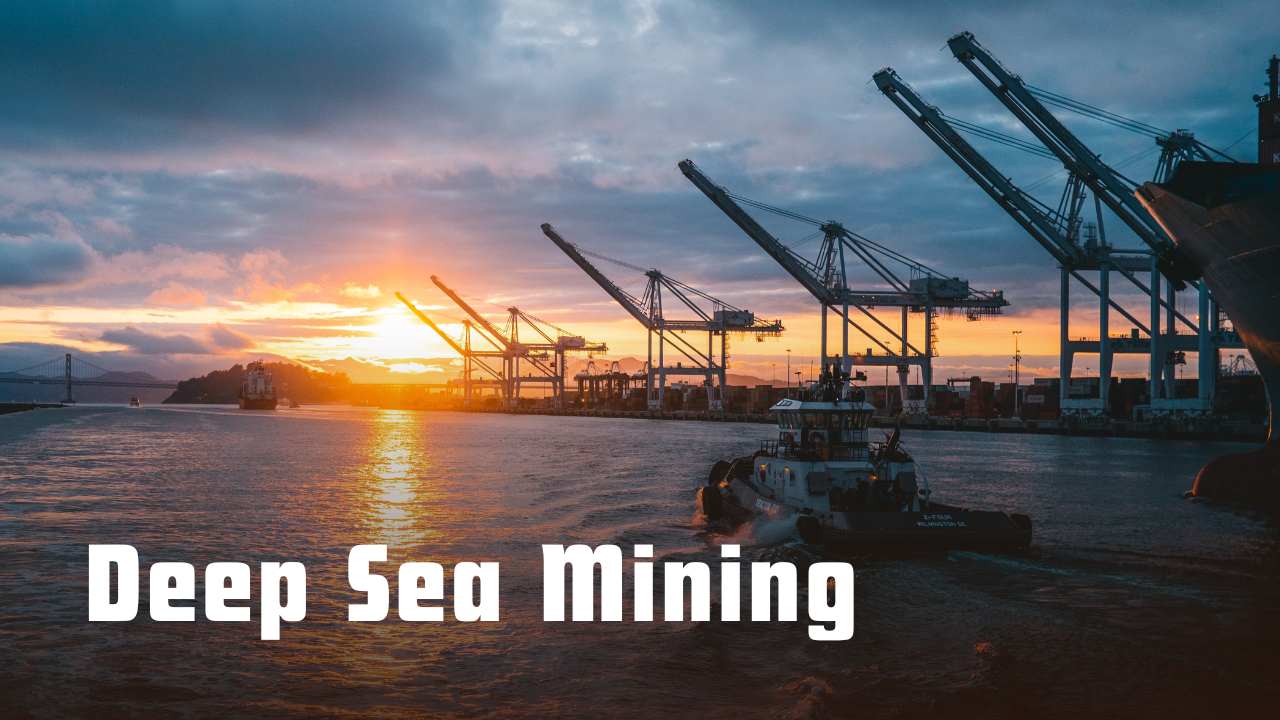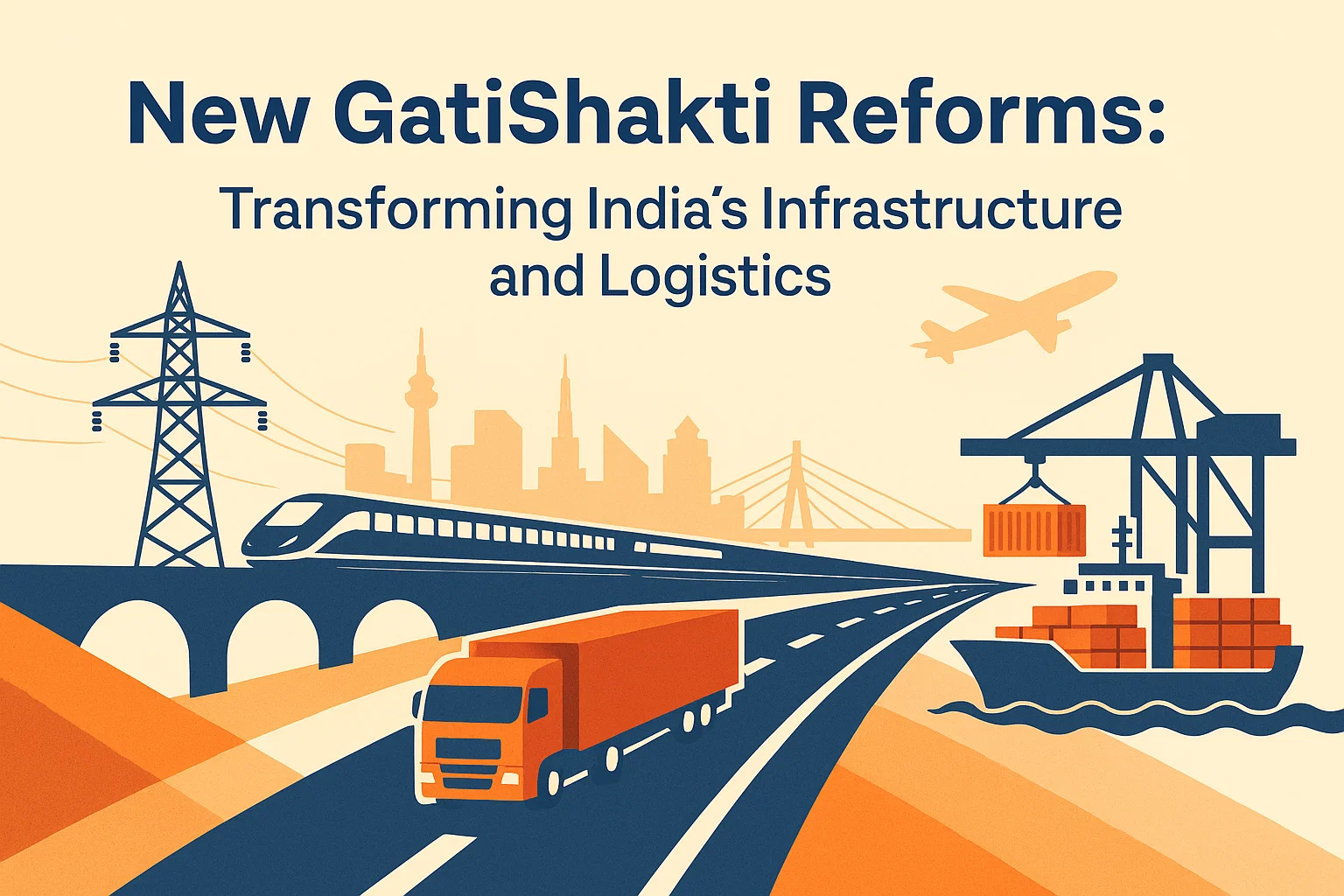Font size:
Print
Deep Sea Mining
New deep sea mining rules lack consensus despite US pressure
Context: The International Seabed Authority (ISA) is facing challenges finalising a global regulatory framework for deep-sea mining amid rising industry demands and geopolitical tensions.
Background
- ISA is the UN-established body governing seabed mining beyond national jurisdictions under the Law of the Sea Convention (UNCLOS).
- It oversees the creation of a “mining code” — a set of 107 regulations — to control the extraction of key minerals like cobalt, nickel, and manganese from the ocean floor.
International Seabed Authority (ISA)
- Established under: The 1982 United Nations Convention on the Law of the Sea (UNCLOS), and the 1994 Agreement relating to the Implementation of Part XI of UNCLOS.
- Headquarters: Kingston, Jamaica
- ISA has 170 members (169 States + European Union).
What Is Deep-Sea Mining?
-
- Deep-sea mining is the process of retrieving valuable mineral resources from the ocean floor, often located thousands of meters below the surface. These minerals are crucial for modern technologies, particularly electric vehicles, batteries, and electronics.
-
The main targets include:
-
- Polymetallic nodules (rich in cobalt, nickel, manganese, copper)
- Polymetallic sulfides (found near hydrothermal vents; rich in gold, silver, copper, zinc)
- Cobalt-rich crusts (on underwater mountains or seamounts)
- Extraction typically involves remotely operated vehicles (ROVs) that vacuum up surface nodules, pumping them to ships via riser pipes. Waste sediment and water are then released back into the ocean column.
Where Are These Minerals Found?
- Abyssal plains of international waters hold the richest deposits.
- The most notable area is the Clarion-Clipperton Zone (CCZ) in the Pacific Ocean, which spans nearly 1 million sq. km — roughly the size of Egypt.
- 17 contractors currently hold exploration licenses in the CCZ under the International Seabed Authority (ISA).

Current Status of Deep-Sea Mining
- Commercial Status: As of 2025, no commercial-scale deep-sea mining has started. Exploratory operations and equipment testing have been conducted by several companies.
- Regulatory Framework: The ISA is expected to finalise regulations for commercial operations in July 2025.
- Some countries have issued permits within their Exclusive Economic Zones (EEZs). Canada, Germany, Portugal, and others have called for moratoria due to ecological concerns.
- The U.S., not a party to UNCLOS, allows companies like The Metals Company to apply under its own mining law — the Deep Seabed Hard Mineral Resources Act (DSHMRA) — potentially bypassing ISA regulations.
Potential Benefits of Deep-Sea Mining
- Resource Security: Demand for minerals like nickel, cobalt, and rare earths could double by 2040 in a net-zero pathway. Deep-sea mining offers a potential alternative to terrestrial mining, which faces issues like deforestation, freshwater pollution, and human rights violations.
- Economic Development: It could support high-tech industries, renewable energy, and defence sectors. It may help create regulated offshore jobs and reduce dependency on unstable or monopolised land-based mineral markets.
- Avoids Some Terrestrial Harms: No displacement of human communities directly. Less surface-level ecosystem destruction compared to forest clearing or mountaintop removal.
Subscribe to our Youtube Channel for more Valuable Content – TheStudyias
Download the App to Subscribe to our Courses – Thestudyias
The Source’s Authority and Ownership of the Article is Claimed By THE STUDY IAS BY MANIKANT SINGH





